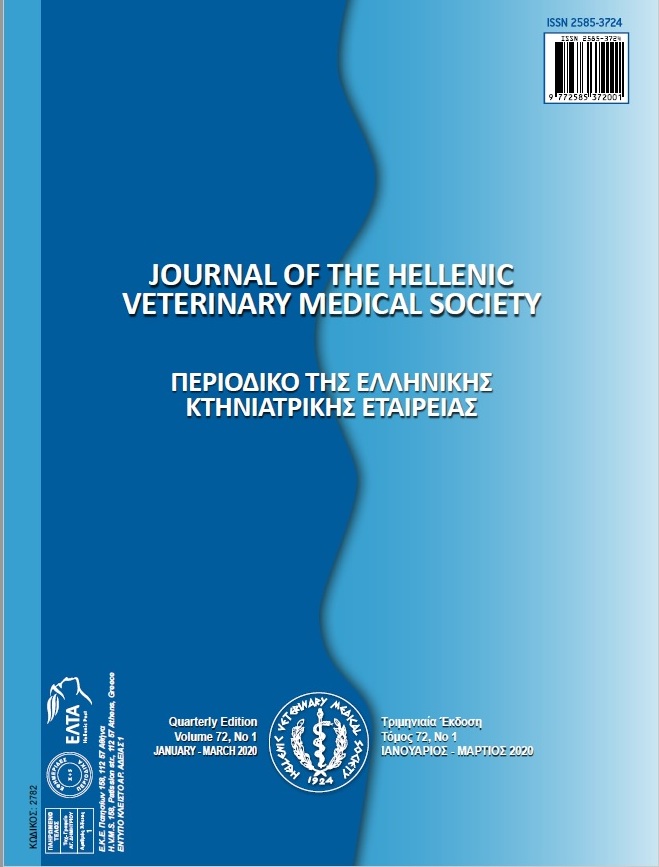Antimicrobial effects of fruit sauces on some pathogenic bacteria in vitro and on chicken breast meat
Résumé
The use of natural food additives is currently a rising trend. In the present study, the aim was to determine the antimicrobial effects of plum, pomegranate, Seville orange and sumac sauces on E. coli O157:H7,E. coli type I,Listeriamonocytogenes, Listeria ivanovii, Salmonella Typhimurium and Staphylococcus aureus. Different concentrations (1%, 10%, 100%, v/v) of the sauces were tested on the studied bacteria in vitro using the agar diffusion and minimal inhibition concentration (MIC) methods. The results showed that the sumac sauce had the highest antimicrobial activity. The Seville orange, plum and pomegranate sauces also exerted antimicrobial activity in descending order. The antimicrobial activity of the fruit sauces was more effective at a concentration of 100% than at 10% and 1%, v/v. The most inhibitory effect was recorded for sumac sauce at a concentration of 100% (v/v) on L.monocytogenesand E. coli O157:H7. The findings of the MIC method aligned with the agar diffusion method. In addition, the in situ(food method) antimicrobial effect of the sauces on the indigenous microflora of chicken breast samples sold in stores was determined. Chicken samples hosting aerobic mesophilic bacteria, coliforms and E. coli were treated for two hours at 4 °C with plum, pomegranate, Seville orange and sumac sauces and were then monitored. The findings revealed that the Seville orange and sumac sauces were the most effective in reducing the indigenous microbial growth on the chicken samples. The plum sauce showed higher antimicrobial activity than pomegranate sauce. The phenolic content and acidity of the samples significantly (P< 0.05) affected the antimicrobial activity both in vitro (agar diffusion and MIC) and in situ (chilled chicken breast). In conclusion, the sumac and Seville orange sauces were found to be the most promising natural antibacterial agents, and their use could be recommended, for example, in catering services to reduce the risk of foodborne illness.
Article Details
- Comment citer
-
VAR, I., UZUNLU, S., & DEĞIRMENCI, I. (2021). Antimicrobial effects of fruit sauces on some pathogenic bacteria in vitro and on chicken breast meat. Journal of the Hellenic Veterinary Medical Society, 72(1), 2703–2712. https://doi.org/10.12681/jhvms.26755
- Numéro
- Vol. 72 No 1 (2021)
- Rubrique
- Research Articles

Ce travail est disponible sous licence Creative Commons Attribution - Pas d’Utilisation Commerciale 4.0 International.
Authors who publish with this journal agree to the following terms:
· Authors retain copyright and grant the journal right of first publication with the work simultaneously licensed under a Creative Commons Attribution Non-Commercial License that allows others to share the work with an acknowledgement of the work's authorship and initial publication in this journal.
· Authors are able to enter into separate, additional contractual arrangements for the non-exclusive distribution of the journal's published version of the work (e.g. post it to an institutional repository or publish it in a book), with an acknowledgement of its initial publication in this journal.
· Authors are permitted and encouraged to post their work online (preferably in institutional repositories or on their website) prior to and during the submission process, as it can lead to productive exchanges, as well as earlier and greater citation of published work.



